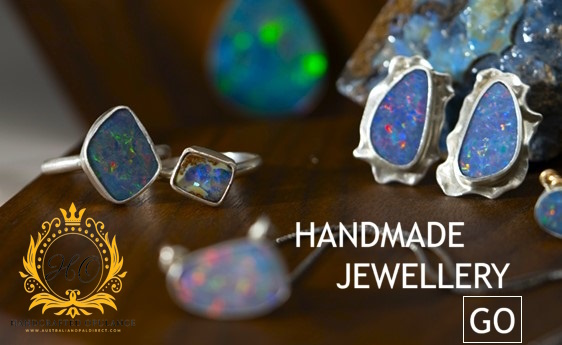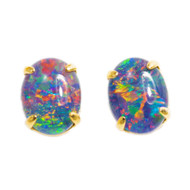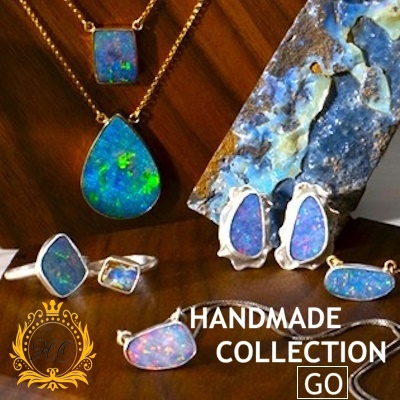Opal Information
Posted by Angel Rivera on 8th Apr 2020
OPALS IN HISTORY
It is said that Opal comes from the name “Opalus” which means “to see a change in color”. Onomacritus, an ancient Greek poet wrote “the delicate colour and tenderness of the opal reminded him of a loving and beautiful child".
Romans allegedly began popularizing Opals over two thousand years ago. Opals from this era are thought to have come from Slovakia. However, early Romans believed the source was India, an incorrect belief promoted by traders in order to protect their interests.
Gemstone Philosopher Gaius Plinius Secundus also known as Pliny the Elder wrote the first Natural History of the World in the first century AD. In this most important publication, he wrote that Opal was the most highly prized and valuable of all gemstones in the Empire. Pliny wrote that price was set “according to the decree generally set down and pronounced by our nice and costly dames”!
Pliny's admiration for opal is encapsulated in the following text - “For in them you shall see the living fire of ruby, the glorious purple of the amethyst, the sea-green of the emerald, all glittering together in an incredible mixture of light”. (Pliny 1st Century AD)
Roman General Mark Antony loved opal and wanted one for his lover Queen Cleopatra VII of Egypt (30-69BC) because the bright lights reminded him of nights spent with her. Pliny the elder wrote that Antony coveted an opal owned by Senator Nonius and banished the Senator after he refused to sell the almond sized stone, reputed to be worth 20,000 sesterces (hundreds of thousands of dollars today). The Senator preferred to be “turned out of house and home” than part with his Opal. The Senator escaped with his Opal leaving his family behind. According to some reports, the ring was discovered in the tomb of the “firm willed Senator” early in the twentieth century.
Opal has been used in the crowns of kings; the crown jewels of France included fine specimens of opal, and the crown of the Holy Roman Emperor contained an opal stone.










